If you’ve ever found yourself in need of a reliable light source for your outdoor adventures, you’ve probably considered using a lantern. But with so many options available, it can be difficult to determine which type is the most efficient. In this article, we will explore the efficiency of LED lanterns compared to traditional bulb lanterns. From their energy consumption to their lifespan, we’ll weigh the pros and cons of each to help you make an informed decision. Get ready to shed some light on the age-old question: are LED lanterns more efficient than traditional bulb lanterns?

Overview of LED lanterns and traditional bulb lanterns
LED lanterns and traditional bulb lanterns are two options for portable lighting that have their own unique features and benefits. LED lanterns use light-emitting diodes (LEDs) as a source of light, while traditional bulb lanterns use incandescent or fluorescent bulbs. Both types of lanterns have their advantages and disadvantages, and understanding their differences can help you make an informed decision when choosing the right lantern for your needs.
Energy Efficiency
Comparison of energy consumption
When it comes to energy consumption, LED lanterns have a significant advantage over traditional bulb lanterns. LEDs are known for their energy efficiency and can provide the same amount of light while using less energy compared to incandescent or fluorescent bulbs. This means that LED lanterns can last longer on a single set of batteries, making them a more cost-effective and environmentally friendly option in the long run.
Efficiency of LED lanterns
LED lanterns convert a higher percentage of the energy they consume into light, resulting in less wasted energy in the form of heat. This efficiency allows LED lanterns to produce a comparable amount of brightness while using less power than traditional bulb lanterns.
Efficiency of traditional bulb lanterns
On the other hand, traditional bulb lanterns are known to be less energy efficient. Incandescent bulbs, in particular, convert a significant portion of the energy they consume into heat rather than light. This inefficiency results in higher energy consumption and shorter battery life for traditional bulb lanterns compared to their LED counterparts.
Light Output
Comparison of brightness
When it comes to brightness, LED lanterns and traditional bulb lanterns can vary depending on the specific model and technology used. However, in general, LED lanterns tend to offer a brighter and more focused light compared to traditional bulb lanterns. LEDs can produce a higher lumen output per watt of energy consumed, resulting in a brighter and more efficient light source.
Brightness of LED lanterns
LED lanterns are designed to provide a high level of brightness while using minimal power. LED technology allows for the production of intense and evenly distributed light, making them suitable for various indoor and outdoor activities. Whether you need a lantern for camping, emergency situations, or simply as a backup light source, LED lanterns can provide the necessary brightness to illuminate your surroundings effectively.
Brightness of traditional bulb lanterns
Traditional bulb lanterns, especially those with incandescent bulbs, may not offer the same level of brightness as LED lanterns. Incandescent bulbs have a lower lumen output per watt, resulting in a dimmer and less efficient light source. However, some traditional bulb lanterns may use fluorescent bulbs or other advanced technologies that can provide a comparable level of brightness to LED lanterns.








Longevity
Comparison of lifespan
When it comes to lifespan, LED lanterns generally have a significant advantage over traditional bulb lanterns. LEDs are known for their longevity, with an average lifespan of up to 50,000 hours or more. This means that an LED lantern can last for many years before needing a replacement, making it a more durable and cost-effective choice in the long run.
Lifespan of LED lanterns
LED lanterns are designed to be long-lasting. The solid-state technology used in LEDs allows them to withstand shocks, vibrations, and extreme temperatures, contributing to their extended lifespan. Unlike traditional bulb lanterns, LED lanterns do not have fragile filaments that can easily break, further enhancing their durability.
Lifespan of traditional bulb lanterns
Traditional bulb lanterns, particularly those with incandescent bulbs, have a shorter lifespan compared to LED lanterns. Incandescent bulbs typically last between 750 and 2,000 hours, depending on usage. Even fluorescent bulbs, which tend to last longer than incandescent bulbs, may not match the longevity of LEDs. Therefore, traditional bulb lanterns may require more frequent bulb replacements, increasing long-term maintenance costs.
Durability
Comparison of ruggedness
LED lanterns generally have greater durability and ruggedness compared to traditional bulb lanterns. LED technology allows for the design of lanterns that can withstand rough handling, impacts, and adverse weather conditions. This makes them suitable for outdoor activities such as camping, hiking, and emergency situations where durability is essential.
Ruggedness of LED lanterns
LED lanterns are often built with sturdy materials and protective casings to ensure their resilience. Many LED lanterns are impact-resistant, shockproof, and waterproof, allowing them to withstand accidental drops, harsh weather, and other challenging conditions. LED lanterns are designed to be reliable and long-lasting, even in the most demanding environments.
Ruggedness of traditional bulb lanterns
Traditional bulb lanterns may not offer the same level of durability as LED lanterns. Incandescent bulbs are sensitive to shock and vibration, increasing the risk of filament damage or breakage. While some traditional bulb lanterns may have protective features, such as sturdy housing or shatter-resistant bulbs, they may still be more susceptible to damage compared to LED lanterns.
Environmental Impact
Comparison of carbon footprint
LED lanterns have a significantly lower carbon footprint compared to traditional bulb lanterns. The energy efficiency of LEDs translates into reduced greenhouse gas emissions during their use. By using less energy and producing less heat, LED lanterns contribute less to global warming and climate change compared to lanterns with traditional bulbs.
Carbon footprint of LED lanterns
LED lanterns consume less energy, resulting in lower carbon emissions when compared to traditional bulb lanterns. The use of LEDs helps reduce dependence on fossil fuels and minimizes the release of greenhouse gases into the atmosphere. This makes LED lanterns a more environmentally friendly choice, aligning with the growing demand for sustainable and eco-conscious products.
Carbon footprint of traditional bulb lanterns
Traditional bulb lanterns, especially those with incandescent bulbs, have a higher carbon footprint compared to LED lanterns. Incandescent bulbs are known for their inefficiency, as they waste a significant amount of energy by generating heat instead of light. This inefficiency translates into higher energy consumption and increased carbon emissions, contributing to environmental degradation.
Costs
Comparison of initial costs
LED lanterns generally have a higher initial cost compared to traditional bulb lanterns. This is due to the advanced technology and materials used in LED lanterns, which often result in a higher price point. However, it’s essential to consider the long-term benefits and cost savings of LED lanterns, as their energy efficiency and durability can offset the initial investment.
Comparison of operating costs
While LED lanterns may have a higher upfront cost, their energy efficiency leads to lower operating costs in the long run. LED lanterns consume less power, resulting in reduced battery usage and replacement costs. In contrast, traditional bulb lanterns, particularly those with incandescent bulbs, require more frequent battery replacements due to their higher energy consumption, leading to higher operating expenses over time.
Costs of LED lanterns
LED lanterns may have a higher initial cost, but their long lifespan and energy efficiency make them a cost-effective option in the long term. LED lanterns require fewer battery replacements and consume less energy, leading to savings on batteries and electricity bills. Additionally, LED lanterns often have extended warranty periods, further enhancing their value for money.
Costs of traditional bulb lanterns
Traditional bulb lanterns may have a lower initial cost compared to LED lanterns. However, their higher energy consumption and shorter lifespan can result in higher operating costs in the long run. Incandescent bulbs, in particular, have a shorter lifespan and require more frequent replacements, contributing to ongoing maintenance expenses.










Lighting Options
Availability of different lighting modes
LED lanterns offer a wide range of lighting modes and options, making them versatile for various situations. Many LED lanterns allow you to adjust the brightness level, choose between white and colored light, and even switch between different lighting modes such as strobe or SOS signals. This flexibility allows for customization based on specific lighting needs or preferences.
Features of LED lanterns
LED lanterns often come with additional features that enhance their usability. Some models may include built-in handles or hooks for convenient carrying or hanging, while others may have adjustable stands or magnets for versatile placement. LED lanterns may also have battery level indicators, USB charging ports, or even the ability to charge other devices, adding to their functionality.
Features of traditional bulb lanterns
Traditional bulb lanterns may have fewer lighting options and features compared to LED lanterns. While some models may offer adjustable brightness or different lighting modes, the options may be limited. Traditional bulb lanterns are generally more straightforward in design and functionality, focusing primarily on providing basic illumination without additional bells and whistles.
User Benefits
Advantages of LED lanterns
LED lanterns offer several advantages over traditional bulb lanterns. The key benefits of LED lanterns include their energy efficiency, durability, longer lifespan, and versatile lighting options. LED lanterns are also more environmentally friendly, producing fewer carbon emissions and reducing overall energy consumption. Additionally, the advanced technology used in LED lanterns ensures a brighter and more focused light, making them ideal for various indoor and outdoor applications.
Advantages of traditional bulb lanterns
Traditional bulb lanterns still have their advantages, particularly in terms of initial cost and simplicity. They may be a more affordable option for those on a budget and require minimal setup or technical knowledge to operate. Traditional bulb lanterns can also provide adequate illumination for basic needs, making them suitable for casual or occasional use.
Disadvantages of LED lanterns
While LED lanterns have many benefits, they also have a few disadvantages to consider. The higher initial cost of LED lanterns may be a deterrent for some individuals, especially those who prioritize immediate affordability. LED lanterns may also require specialized batteries or charging cables, which may not always be readily available or compatible with other devices.
Disadvantages of traditional bulb lanterns
Traditional bulb lanterns have their own set of disadvantages as well. The higher energy consumption and frequent bulb replacements result in higher long-term operating costs. Additionally, the fragility of incandescent bulbs makes traditional bulb lanterns more susceptible to damage, potentially leading to reduced lifespan and increased maintenance requirements.
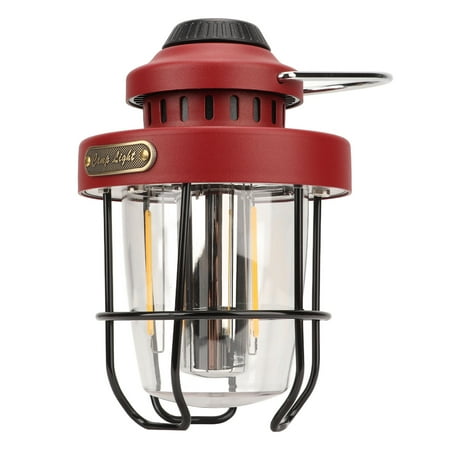
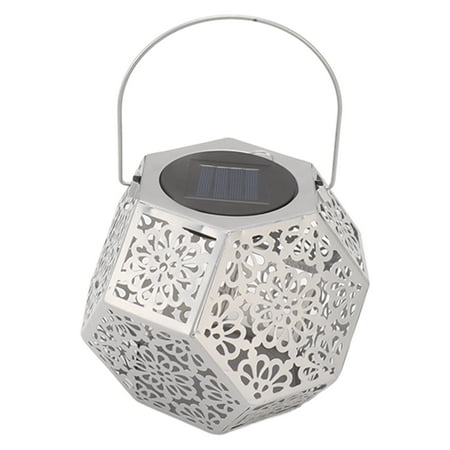
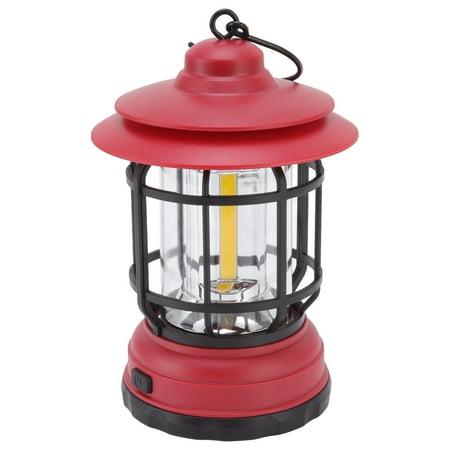
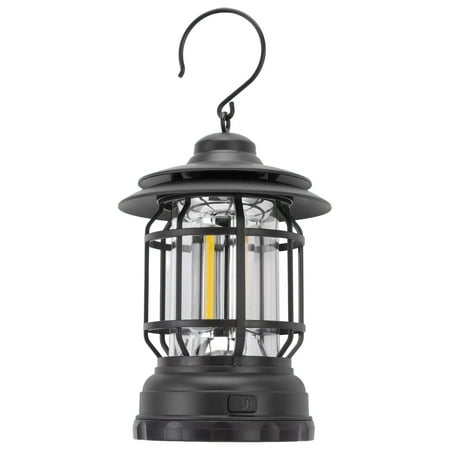
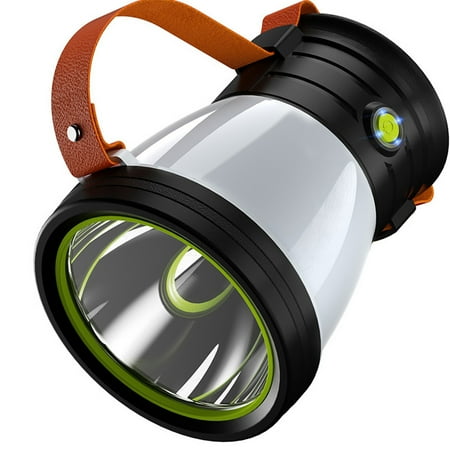

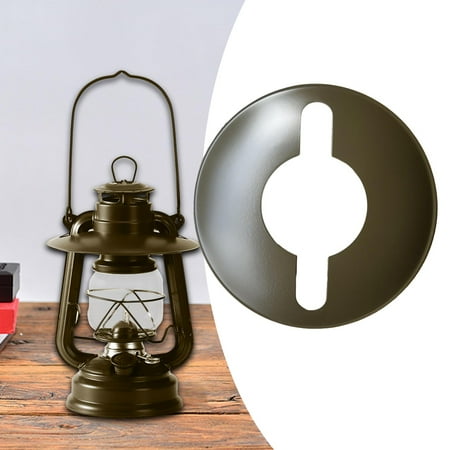

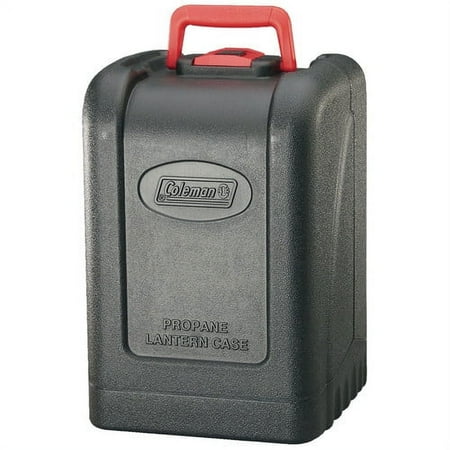

Considerations for Choosing
Factors to consider when selecting a lantern
When choosing between LED lanterns and traditional bulb lanterns, several factors should be considered:
- Intended use: Consider where and how you plan to use the lantern. Different lanterns may be more suitable for specific activities or environments.
- Brightness requirements: Determine the level of brightness needed for your application. LED lanterns generally offer brighter illumination, but traditional bulb lanterns may suffice for basic lighting needs.
- Energy efficiency: If energy efficiency and long battery life are important to you, LED lanterns are the better choice.
- Durability and ruggedness: Assess the robustness of the lantern and its ability to withstand rough handling or harsh weather conditions, particularly if you plan to use it for outdoor activities.
- Budget and cost considerations: Evaluate the upfront cost, operating costs, and long-term savings associated with each type of lantern.
- Desired features: Consider the additional features and lighting options that may enhance the functionality and versatility of the lantern.
LED lantern suitability
LED lanterns are well-suited for individuals who prioritize energy efficiency, durability, and versatility. They are ideal for outdoor enthusiasts, campers, hikers, and emergency preparedness kits. LED lanterns are also suitable for those who value long-lasting and environmentally friendly lighting solutions.
Traditional bulb lantern suitability
Traditional bulb lanterns may be more suitable for those who prioritize affordability and simplicity. They can provide adequate lighting for casual or occasional use, making them suitable for backyard gatherings, power outages, or other situations where basic illumination is sufficient.
In conclusion, LED lanterns offer numerous advantages over traditional bulb lanterns in terms of energy efficiency, brightness, longevity, durability, environmental impact, and long-term cost savings. However, traditional bulb lanterns may still be a viable option for individuals with specific needs or budget constraints. Consider the factors mentioned above and weigh the pros and cons of each type of lantern to make an informed decision that best suits your requirements.










Leave a Reply